
Topology optimization of fluid systems
This page reports some results and illustrations using the Topology Optimization of Binary Structures (TOBS) method from the following publications:
Picelli, R., Moscatelli, E., Yamabe, P. V. M., Alonso, D. H., Ranjbarzadeh, S., Gioria, R. S., Meneghini, J. R., Silva, E. C. N. (2022). “Topology optimization of turbulent fluid-flow via the TOBS method and a geometry trimming procedure”, Structural and Multidisciplinary Optimization. DOI: https://doi.org/10.1007/s00158-021-03118-4
Azevêdo, A. S. C., Li, H., Ishida, N., Siqueira, L. O., Cortez, R. L., Silva, E. C. N., Nishiwaki, S., Picelli, R. (2024). “Body-fitted topology optimization via integer linear programming using surface capture techniques”, International Journal for Numerical Methods in Engineering. DOI: https://doi.org/10.1002/nme.7480
TOBS applied to fluid flow problems considering turbulence effects
One of the current challenges for topology optimization is the consideration of high Reynolds fluid flow analysis, especially including turbulence models. The proposed procedure tackles three main issues: lack of explicit fluid walls during the entire optimization, convergence to binary designs (no intermediate density values), and no dependency of material model parameter tuning. Here we demonstrate the method for the 3D pipe-junction example.
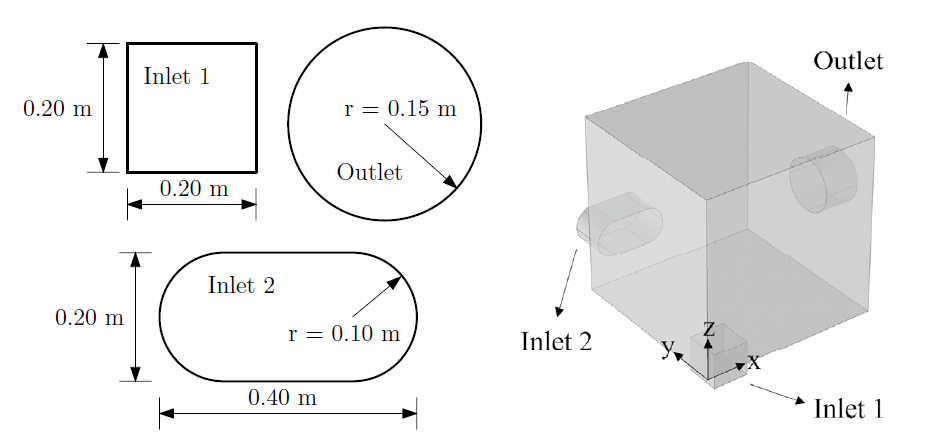
The 3D pipe-junction design problem with two fluid entrances and a single exit.
The aim of the problem is to find the fluid flow path that minimizes the energy dissipation subjected to a volume fraction. Since the turbulent flow modeling is highly demanding we starts from a full fluid initial domain and optimize considering a low Reynolds values (laminar regime). Then, we continue the optimization using the laminar final topology as initial guess to refine the solution and improve the design for high Reynolds value (turbulent flow). The analysis mesh and streamlines (blue for inlet 1 and cyan for inlet 2) evolution during the turbulent optimization step is illustrated bellow.
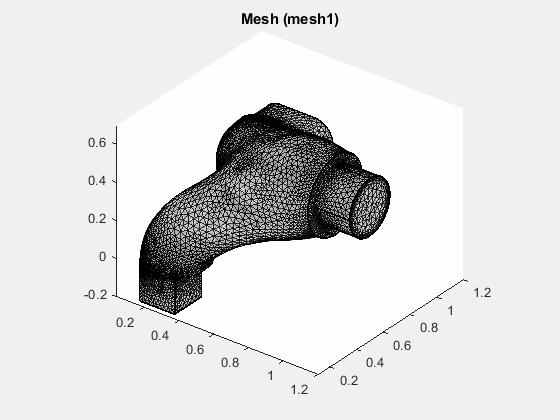
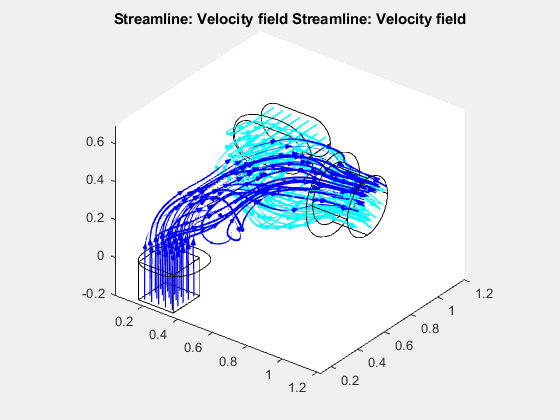
The 3D pipe-junction design problem with two fluid entrances and a single exit.
The final design improves the flow separation. More particularly, it increases the length and narrowness of the channel that connects the inlets with the outlet.
Final design for turbulent 3D pipe-junction
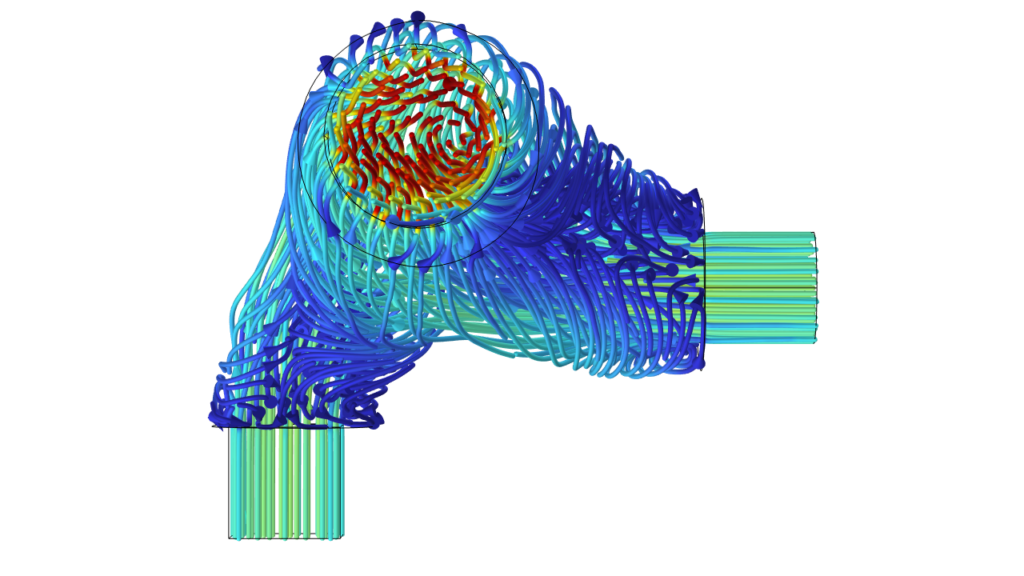
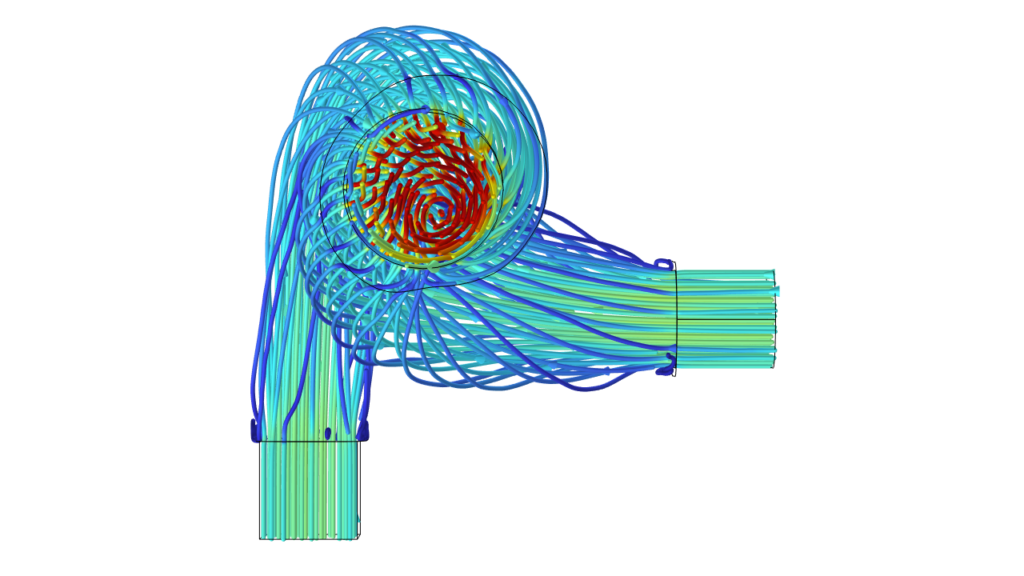
Streamlines of the turbulent flow velocity field in initial and final design
Contact

Address: Av. Prof. Mello Moraes, 2231 – Polytechnic School of the University of São Paulo, Butantã, São Paulo – SP, 05508-030
Phone: +55 (11) 30915540
Email: rpicelli@usp.br